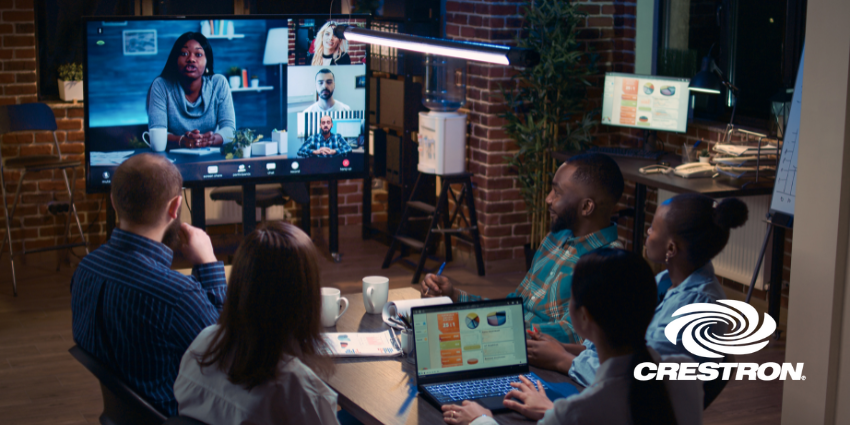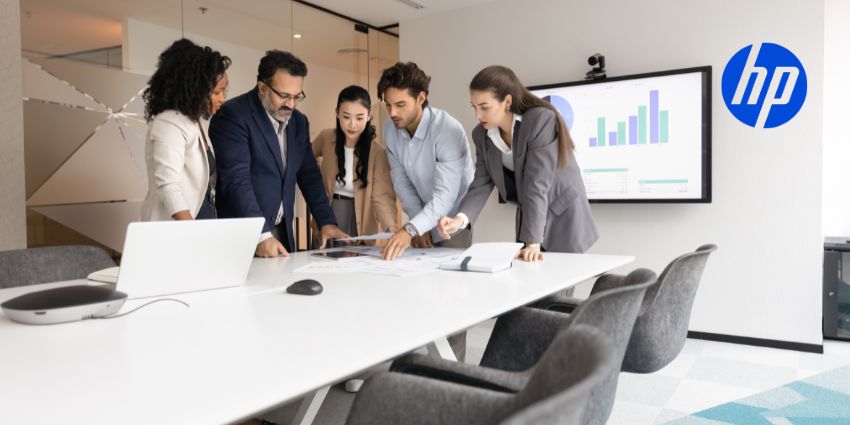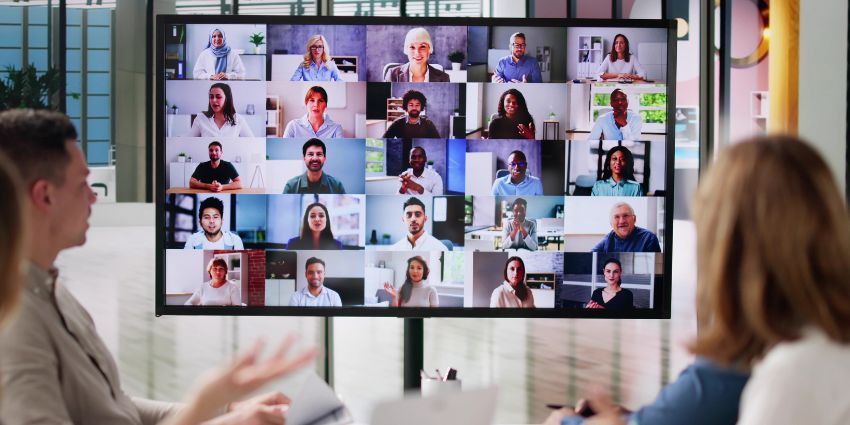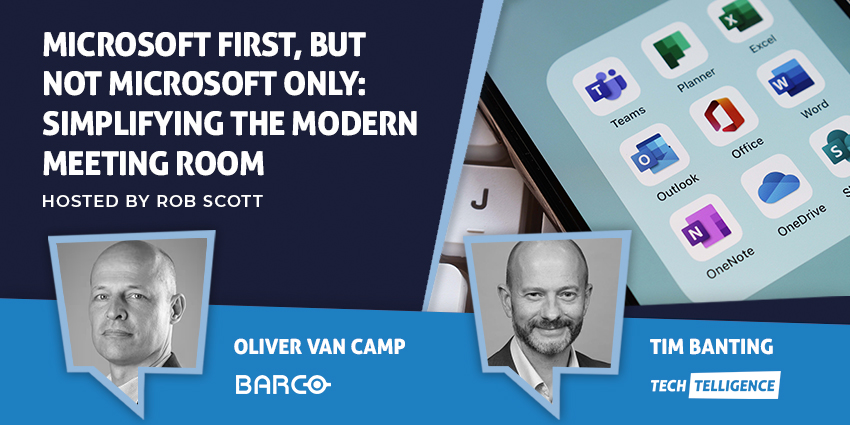Today’s companies are facing a slew of complicated challenges. To remain competitive, adhere to customer expectations, and retain employees, they need to invest in exceptional technology, align team members, and innovate at break-neck speed. However, in a difficult economic environment, organizations also need to ensure they’re cutting costs wherever they can.
Real estate represents one of the biggest expenses for most organizations, and companies frequently spend billions of dollars each year on enhancing productivity with updates to meeting room design and focus spaces. However, few companies are finding the best return on their investment.
The problem frequently stems from an inability to make intelligent decisions based on how employees use collaboration resources and office space. Fortunately, with the right data, business leaders can optimize office and conference room utilization, and cut costs.
Alfredo Ramirez, CEO of Vyopta, says:
“Leveraging data to understand how employees use office spaces and technology is crucial for optimizing workplace efficiency. By making data-informed decisions, companies can not only enhance productivity but also significantly reduce operational costs.”
How to Optimize Office Space and Conference Room Utilization
The key to designing a cost-effective and productive office space, is data. The more information you have about your teams, and resource utilization, the more effectively you can design your conference rooms, meeting spaces, and other essential office rooms.
Step 1: Identify How Teams Collaborate
The workplace has evolved significantly in recent years. The age of hybrid work means many employees aren’t as reliant on large meeting room environments as they were a few years ago. Instead, team members are experimenting more with focus rooms, huddle spaces, and smaller meeting environments, which bridge the gap between in-office and remote employees.
If companies continue to invest in large meeting spaces when their employees prefer to use smaller rooms, this leads to inefficiencies and higher costs, as well as reduced employee satisfaction. A study by Vyopta even found more than half of meeting spaces in many business environments remain empty for 90% of all business operating hours.
The solution to this problem is leveraging technology and space monitoring technologies for a clear insight into how each space in the office environment is used. Using the right data, companies can understand employee needs, and adjust their office space design to suit those needs. This could mean converting a 12-seat conference room into a series of focus rooms, for instance.
After redesigning the office space, companies can continue to leverage their data into how each space is used, to determine how environments and resources should be allocated among employees, with desk and room booking software, reducing the risk of underutilized environments.
Step 2: Use Data to Address Experience Issues
Poor experiences with technology don’t just cause disruption and lost productivity in the workplace, they actually dissuade employees from returning to the office. One workplace trends report found that 34% of employees said slow and inefficient tech deterred them from visiting the office.
If your employees aren’t attending the office because of consistent technology problems, then you won’t be able to utilize your workspace resources efficiently. This means it’s crucial for companies to consider how they can overcome, and even mitigate user experience issues.
Again, the right insights are crucial here. Innovative tools that allow companies to monitor and understand the user experience can drive significant improvements. For instance, Vyopta’s User Experience Score solution provides user-oriented views into collaboration data, and the factors that disrupt teams or harm productivity.
Using these insights, as well as real-time event alerts used to monitor everything from video endpoint performance, to call quality, companies can proactively address user issues. Proactive monitoring gives organizations an effective way to stay ahead of problems before they can severely impact the business, and the user experience, driving employees out of the workplace.
It’s even possible for companies to set up specific alerts and workflows that allow them to address issues with technology much faster, reducing downtime and disruption during crucial meetings. This can reduce the risk of lost opportunities.
Step 3: Make Data-Driven Investments
Finally, to enhance employee experiences, improve collaboration, and even encourage team members to return to the office, many organizations are increasing their investment in innovative tools. Companies are leveraging everything from high-definition video conferencing systems, to immersive collaboration tools (XR systems), to boost interactions.
However, in a quest to stay ahead of the competition, many companies invest in the latest technology, from AI to XR, without first assessing what their employees really need. The only way to revolutionize workplace efficiency and truly optimize conference and meeting room utilization, is to deliver what staff members are really looking for.
The right data can once again help organizations to identify which devices, resources, and solutions their employees are using, so they can make informed investment decisions. Data-driven insights can even help businesses to track the outcomes of new technology investments and migrations. For instance, when a company migrates from SIP endpoints to a meeting room solution like Microsoft Teams Rooms, they can establish collaboration benchmarks and track them throughout the initiative.
This data-driven approach to implementing new technologies ensures companies can optimize the adoption of new ecosystems, and preserve excellent user experiences, while keeping costs low.
Optimizing Workplace Efficiency for the Future of Work
“To thrive in a hybrid work environment, companies must leverage data to understand and enhance their employees’ collaboration experiences and the performance of their technology ecosystems,” says Alfredo Ramirez, CEO of Vyopta.
“By doing so, leaders can make informed decisions that drive productivity, optimize resource allocation, and create a positive meeting culture.”
The workplace is changing at an incredible rate, thanks to the growing proliferation of hybrid working strategies, and digital transformation. However, companies in today’s economy can’t afford to invest randomly in new technology and workplace design strategies. Business leaders need to ensure they’re designing their office to suit their employees.
A comprehensive system that allows companies to monitor and analyze employee experiences, technology performance, and ecosystems ensures leaders can make the right decisions for the future of their workplace. With analytics and insights, organizations can ensure they’re investing in the right resources, eliminating issues that drain productivity (and increase costs), and improving the user experience on a consistent basis.







